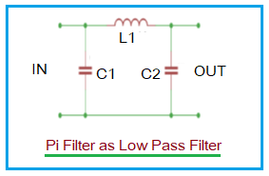RoHS Compliance Testing: A Comprehensive Guide
Advertisement
RoHS stands for Restriction of Hazardous Substances. RoHS compliance testing is a standard procedure used to verify that manufactured products meet compliance requirements aimed at protecting human health and the environment from hazardous substances. This is achieved by limiting the use of six hazardous chemicals in these products:
- Mercury (Hg)
- Lead (Pb)
- Hexavalent Chromium (Cr(VI))
- Cadmium (Cd)
- Polybrominated Biphenyls (PBB)
- Polybrominated Diphenyl Ethers (PBDE)
RoHS sets maximum allowed concentration values for these substances. Generally, the limit is 0.1% for all substances, with the exception of cadmium, which has a limit of 0.01%.
The following RoHS compliance test procedure is typically followed when testing electrical, electronics, and RF (Radio Frequency) products.
RoHS Compliance Test Procedure
The testing is usually performed according to the test procedure outlined in IEC 62321:2008. This standard provides methods for determining the levels of regulated substances in electro-technical products. The methods include:
-
Screening by XRF spectroscopy: This technique uses X-ray fluorescence to quickly scan for the presence of regulated substances.
-
Wet Chemical Test Method: This more detailed method involves chemical analysis to precisely quantify the amount of each regulated substance. It includes:
- Determination of Lead, Cadmium, and Mercury
- Determination of Hexavalent Chromium by Colorimetric method
- Determination of PBBs and PBDEs by GC/MS (Gas Chromatography-Mass Spectrometry)
Advertisement
 RF
RF



